Need an easy, but gussied-up way to fix chicken – easy enough for a family meal, but also special enough to serve to guests? This is a great recipe to fit all those parameters.
Watching a recent Ina Garten program, she prepared a chicken dinner (anybody who follows her shows knows Jeffrey loves chicken, right?). It was an anniversary dinner that they ate out on their patio (don’t you all want to be invited to her house for dinner?). Ina reminisced about when they were first married and lived in France for awhile, and she learned to make chicken somewhat like this recipe. I took liberties with it. In essence it’s her recipe, but she used skin on, bone-in chicken pieces. I used boneless, skinless chicken breasts. It worked. She baked hers, I pan-sautéed mine for a flash of time and dinner was ready. The Brussels sprouts took more time to cook than the chicken, but only by a few minutes.
What was different about this – was – you whiz up the panko crumbs in the food processor. Now, I have to ask the question . . . when Ina and Jeffrey were first married (that was in 1968 – I looked it up) I don’t really think they had panko crumbs in France. You think? But okay, she’s updated the recipe, and I’m glad she did. (I love Ina, don’t get me wrong, and I didn’t save the episode, so maybe she said she had updated the recipe . . .I don’t remember.) So, anyway, into the food processor go the panko crumbs, garlic, salt, pepper, thyme (I didn’t have fresh), lemon zest and once that’s all finely minced, then you add a little tiny jot of olive oil and butter. This is IN the food processor. With the panko crumbs. What this does is slightly moisten the panko crumbs with fat and allows the crumbs to brown to a nice golden brown (see picture below) all over – not just where you might have poured some oil into the pan. Actually, she baked them. I did add a bit of oil to the pan also, but I used a nonstick pan. 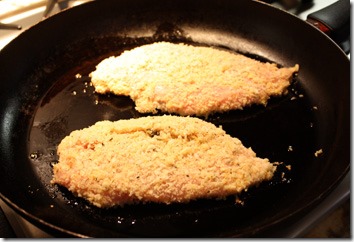
And, because the panko crumbs are much finer (from time in the food processor) they give the chicken a less dense coating. But before the chicken goes in the pan you prepare a mixture of Dijon and dry white wine. It’s a kind of a slurry (not exactly thick, but certainly not like water, either) and the chicken is dipped into that, then put into the panko crumb mixture.
As I mentioned, Ina baked her chicken (but they were bone-in pieces, remember). I could have done that too, but it just seemed simpler to pan fry the breasts. I also pounded the chicken breasts before I started – to an even 1/2 inch thickness, so they’d cook evenly. Another of those wonderful Phillis Carey tips that I use for any chicken breast recipe I make.
Do cut into the breasts to make sure they’re cooked through. If you question it, use an instant read thermometer horizontally into the thickest part of the breast meat and cook the breasts to 155°. Serve immediately. Do try to serve it with a bright green veggie of some kind – the chicken is a bit pale on the plate. I did Brussels sprouts, but broccoli, green beans, asparagus would all work. Or a green salad.
What’s GOOD: how easy it was to make – I’d definitely make this again. It was super-tasty, and because I watched the cooking time, they were cooked perfectly – still juicy and not a bit of dryness to them.
What’s NOT: some folks might not want to fuss with making the mustard slurry or the panko mixture (you do dirty up a few dishes in the making of this) but the result is worth the trouble, I think.
printer-friendly CutePDF
Files: MasterCook 5+ and MasterCook 14 (click on link to open recipe in MC)
* Exported from MasterCook *
Crispy Mustard Chicken Breasts
Recipe By: Adapted significantly from Ina Garten, 2014
Serving Size: 4
4 cloves garlic
1 tablespoon fresh thyme leaves — minced (I used 1 tsp dried, crushed in my palms)
Kosher salt and freshly ground black pepper
1 3/4 cups panko bread crumbs
1 tablespoon lemon zest — from about 2 lemons
2 tablespoons olive oil
2 tablespoons unsalted butter — melted
4 pieces boneless skinless chicken breast halves
1 tablespoon canola oil
MUSTARD SLURRY:
1/3 cup Dijon mustard — such as Grey Poupon
1/3 cup dry white wine
1. Drop the garlic cloves into the food processor while it’s running, then add the thyme, 2 teaspoons salt, and 1 teaspoon pepper. Add the panko, lemon zest, olive oil, and butter and pulse a few times to moisten the bread flakes. Pour the mixture onto a large plate. In a shallow bowl, whisk together the mustard and wine. Pat the chicken dry with paper towels. Sprinkle generously all over with salt and pepper.
2. Remove the chicken tenders (if they’re there and use for another purpose). Placing the chicken breasts, shiny side up, between 2 pieces of plastic wrap, gently pound the breasts to an even 1/2 inch thickness. Do not pound the thin ends.
3. Dip each chicken breast in the mustard mixture to coat well. Heat a large nonstick skillet and once it’s medium-hot, add the canola oil. Dip the breasts into the panko mixture, patting uneven areas to cover completely. Gently place the chicken breasts into the pan and sear until the crumbs are golden brown, about 2 minutes. Reduce heat if the crumbs brown too quickly. Turn over and brown the other side, about another 2 minutes. Reduce heat and continue cooking, turning the breasts back over one more time until they’re just cooked through. Use a thin knife to cut into the center to check. Or use an instant-read thermometer, insert it on the side into the thickest part of the breast – it should be cooked to 155-160°F. Serve hot.
Per Serving (you don’t use all the coating or the slurry, so the nutrition here is probably high): 671 Calories; 20g Fat (28.8% calories from fat); 39g Protein; 72g Carbohydrate; 4g Dietary Fiber; 84mg Cholesterol; 659mg Sodium.





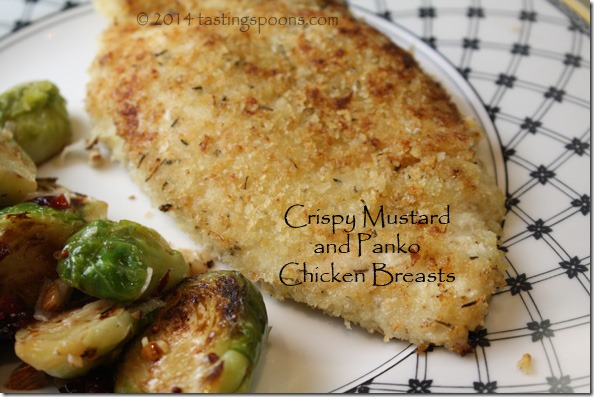

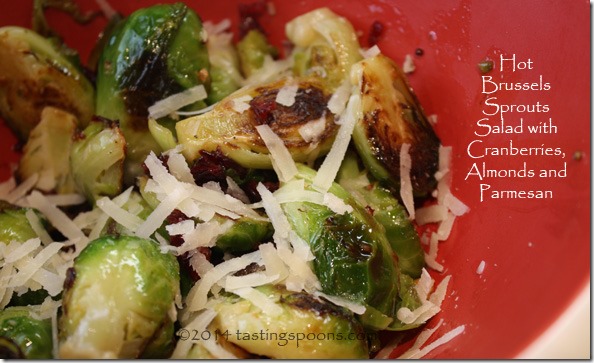
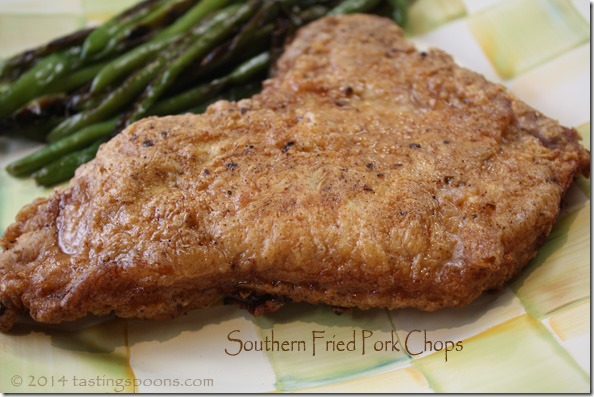

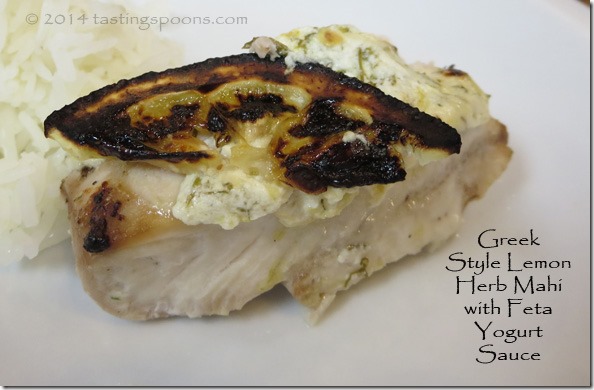

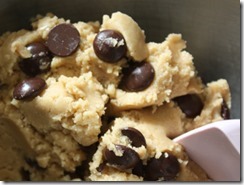
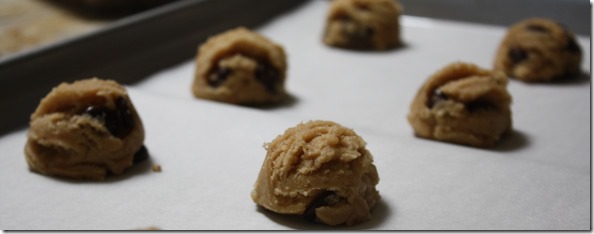
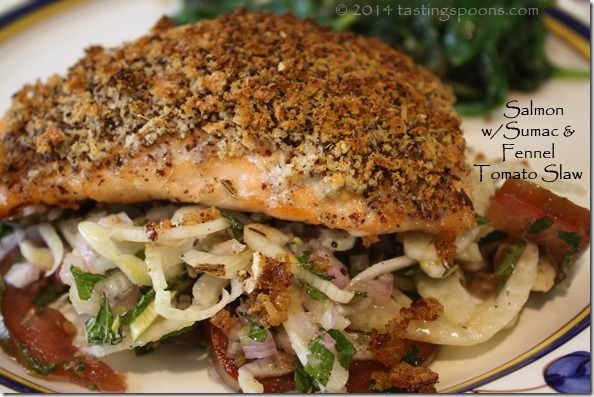
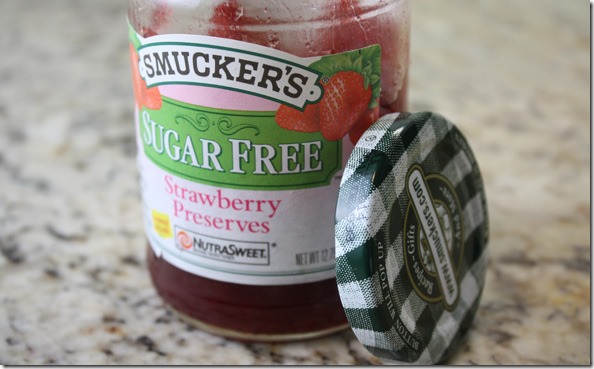
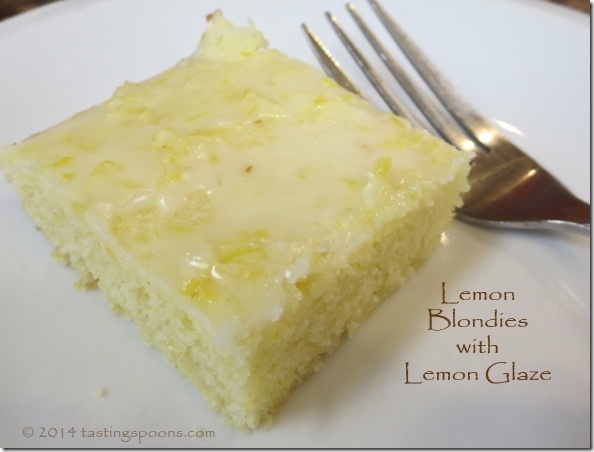
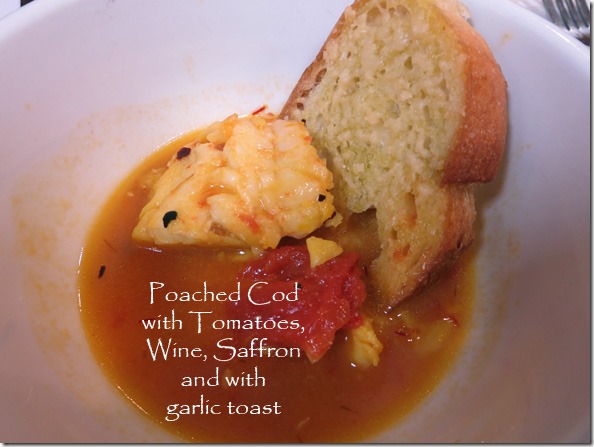
Leave a Comment!